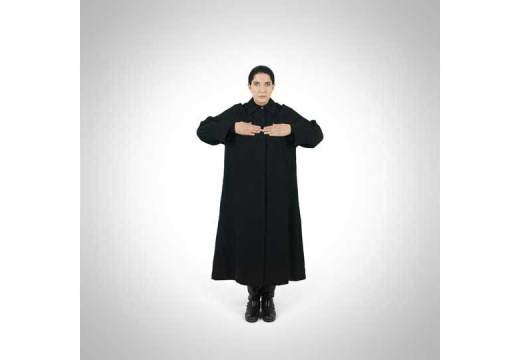Futurism’s manifestos are generally more interesting that its art, its grand prognostications unmatched by the works it inspired, and so it is with many of the paintings on show in ‘Gerardo Dottori: The Futurist View’ (at the Estorick Collection until 7 September).
Dottori was born in Perugia in 1884, and, after he fell under the spell of F. T. Marinetti, began to identify himself as a ‘rural futurist’. His early works (which are well represented here) show him to be a master technician and imitator, effortlessly able to inhabit other styles. After 1909, during the first stage of his career as a Futurist, he cheerfully ripped off Boccioni and Bala, producing studies of dynamic cyclists, Dantesque cities in flames, synaesthetic portraits of explosions and train crashes.
His great conceptual breakthrough occurred after the First World War, when violence had tarnished many of the central tenets of first-wave Futurism. Many of Dottori’s sometime colleagues had been killed in the trenches, and Marinetti’s maxim, that war was ‘the world’s hygiene’, left a sour taste in the mouth. During the 1920s Dottori took his first flight in an aeroplane, and became interested in the new perspectives afforded by flight. In 1929 he became a signatory of the Futurist manifesto of ‘Aeropainting’: painting inspired by, and produced from, the cockpit.
‘Aeropainting does not so much mean incorporating new figurative elements into the picture’ Dottori claimed, ‘as giving artists new and wider possibilities for inspiration…to fly means to open and to ventilate the imagination.’ And yet, despite the serenity, there is an ominous undercurrent to all of this, and it’s one that’s barely addressed in the catalogue. One of the main ideological sources of aeropainting – and one reason it was so popular with fascists – was aerial combat. Mussolini himself was a keen amateur pilot. The aerial bombing of Guernica by the Luftwaffe took place in 1937, at the height of the aeropainting boom. By the late 1930s planes represented death rather than sublimity.
But unlike the aeropaintings of Guglielmo Sansoni and Tullio Crali, which glorified the martial dynamism of the aeroplane, locating the viewer in the cockpits of strafing bombers, Dottori’s paintings show bucolic, neon-fringe utopias, glinting with water: fish-eyed landscapes suggesting the curvature of the earth and the boundlessness of flight. Even in his aeropainting phase Dottori was committed to the pastoral, claiming to prefer ‘the stillness of the countryside and the mountains to the deafening noise of big cities.’ For him the technology of flight provided a perspective rather than a theme. It’s one that’s well represented here.
‘Gerardo Dottori: The Futurist View’ is at the Estorick Collection, London, until 7 September 2014.
Related Articles:
Reframing Futurism at the Guggenheim (Victoria Dreesmann)
BLAST: Wyndham Lewis and Vorticism, 100 years on (Digby Warde-Aldam)
















![Masterpiece [Re]discovery 2022. Photo: Ben Fisher Photography, courtesy of Masterpiece London](http://zephr.apollo-magazine.com/wp-content/uploads/2022/07/MPL2022_4263.jpg)
‘Like landscape, his objects seem to breathe’: Gordon Baldwin (1932–2025)